From smoky skewers to sweet snacks on a stick, Filipino street food is bold, budget-friendly, and everywhere. This guide covers the essentials: the must-try bites, what to skip, safety tips, costs, and where and when to go so you can eat like a local without the guesswork.
What Makes Filipino Street Food Special
Filipino street food reflects the country’s mix of indigenous, Spanish, Chinese, and American influences. Stalls set up outside schools, markets, and transport hubs, turning sidewalks into instant food courts. Expect punchy flavors (sweet, sour, salty), charcoal grilling, and sauces you can customize to taste.
What stands out: affordability (as low as PHP 10 to 50 per stick), variety from savory skewers to desserts, and friendly vendors who will happily explain how to eat something new. If you love authentic, local experiences, this is one of the most rewarding things to do on a tight budget.
Must-Try Filipino Street Foods
Start with these crowd favorites you’ll see across cities and provinces.
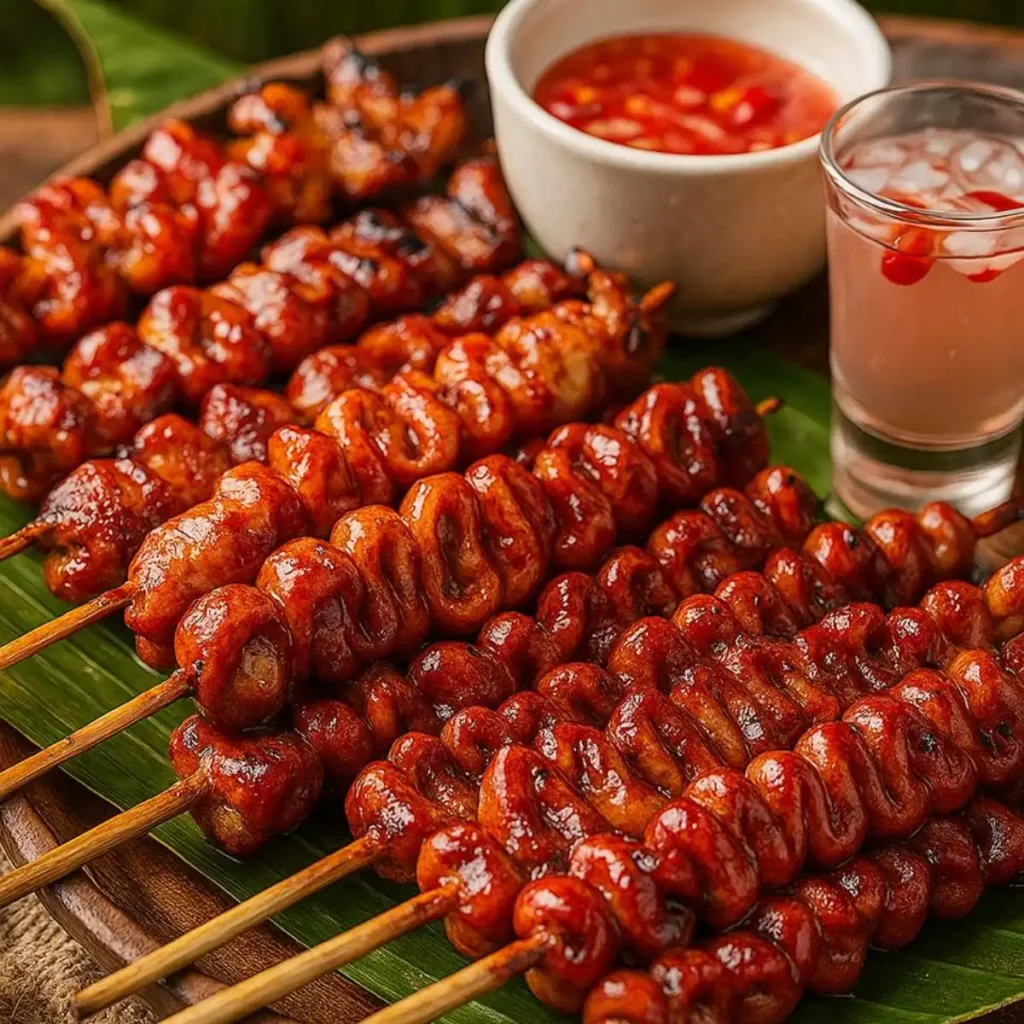
Isaw (grilled intestines)
Chicken or pork intestines marinated, skewered, and grilled over charcoal until smoky and crisp at the edges. Best eaten hot with spiced vinegar.
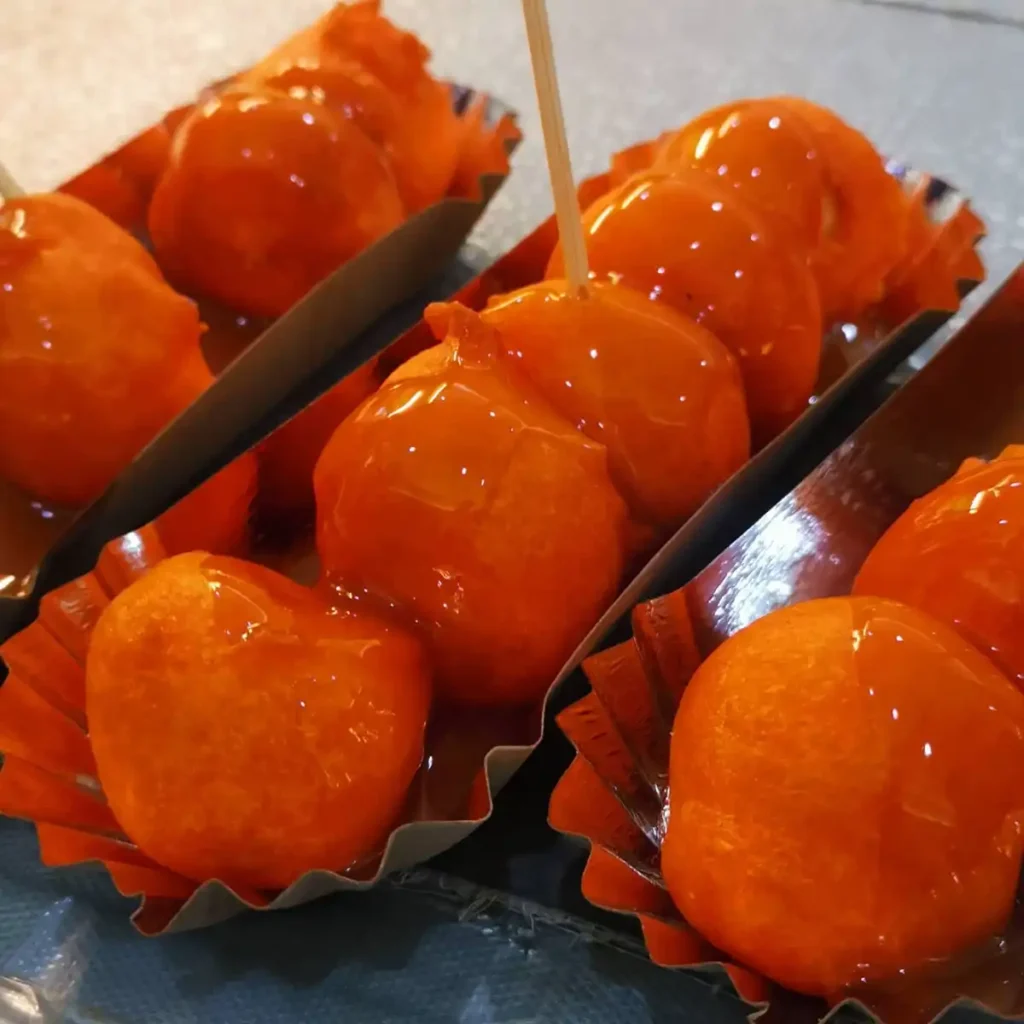
Kwek-kwek and Tokneneng
Quail eggs (kwek-kwek) or larger duck/chicken eggs (tokneneng) coated in orange batter and deep-fried. Toss in vinegar with chopped onions and chilies, or drizzle sweet sauce.
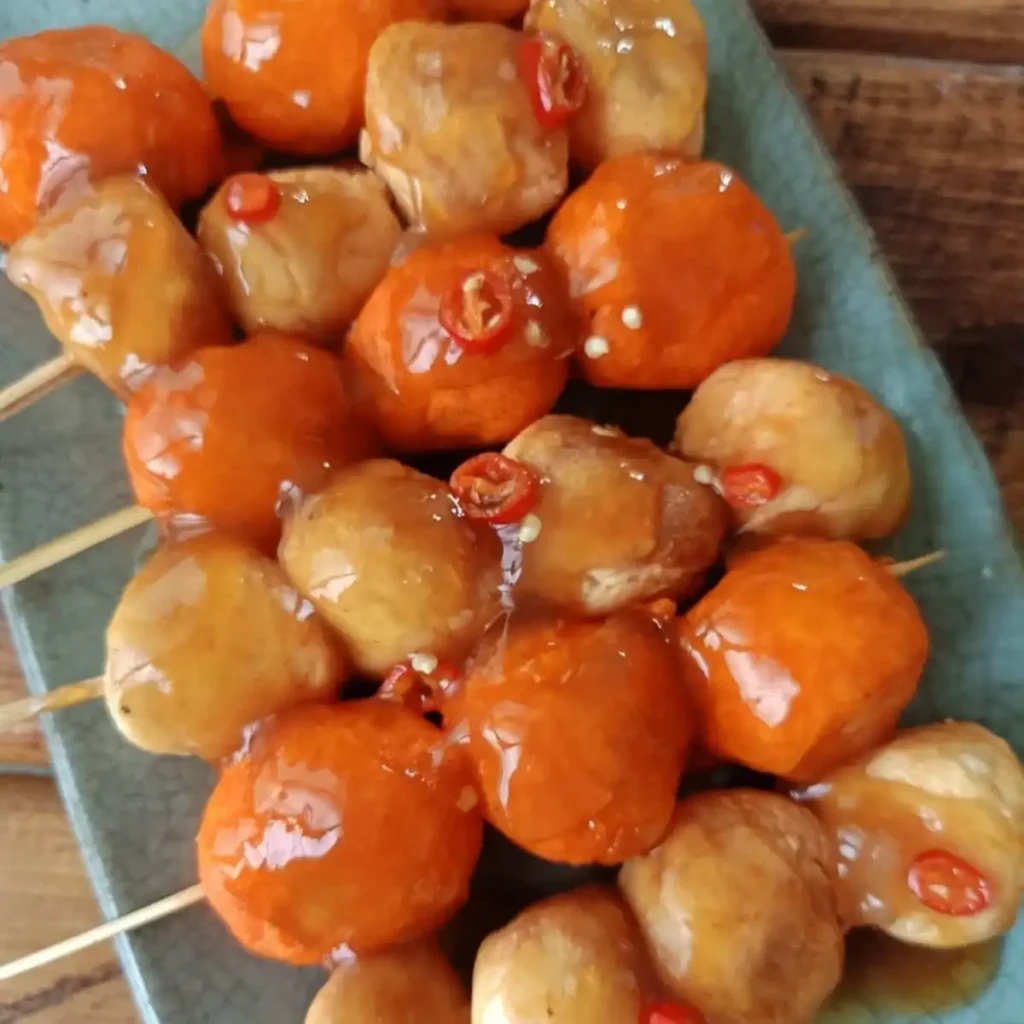
Fish Balls, Squid Balls, and Kikiam
Boiled then fried, these bouncy snacks are speared with a stick and dipped in savory, sweet, or spicy sauces. For safety, avoid double-dipping—ask for sauce poured onto your plate or cup.
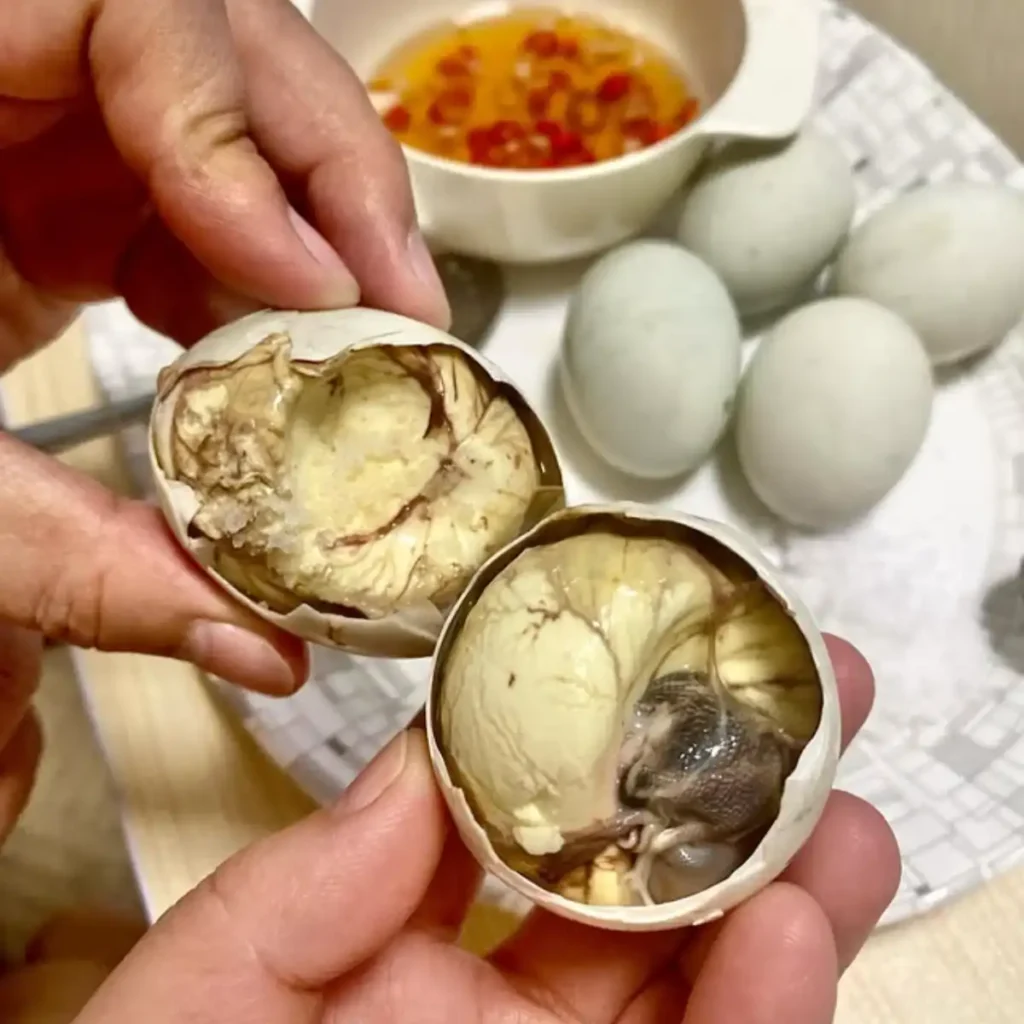
Balut
Fertilized duck egg, typically 14 to 18 days, boiled and eaten warm with salt or vinegar. A Filipino cultural icon; vendors crack it open and you sip the broth first.

Taho
Silken tofu with brown sugar syrup (arnibal) and sago pearls, served warm in the morning. A comforting, lightly sweet breakfast-on-the-go.
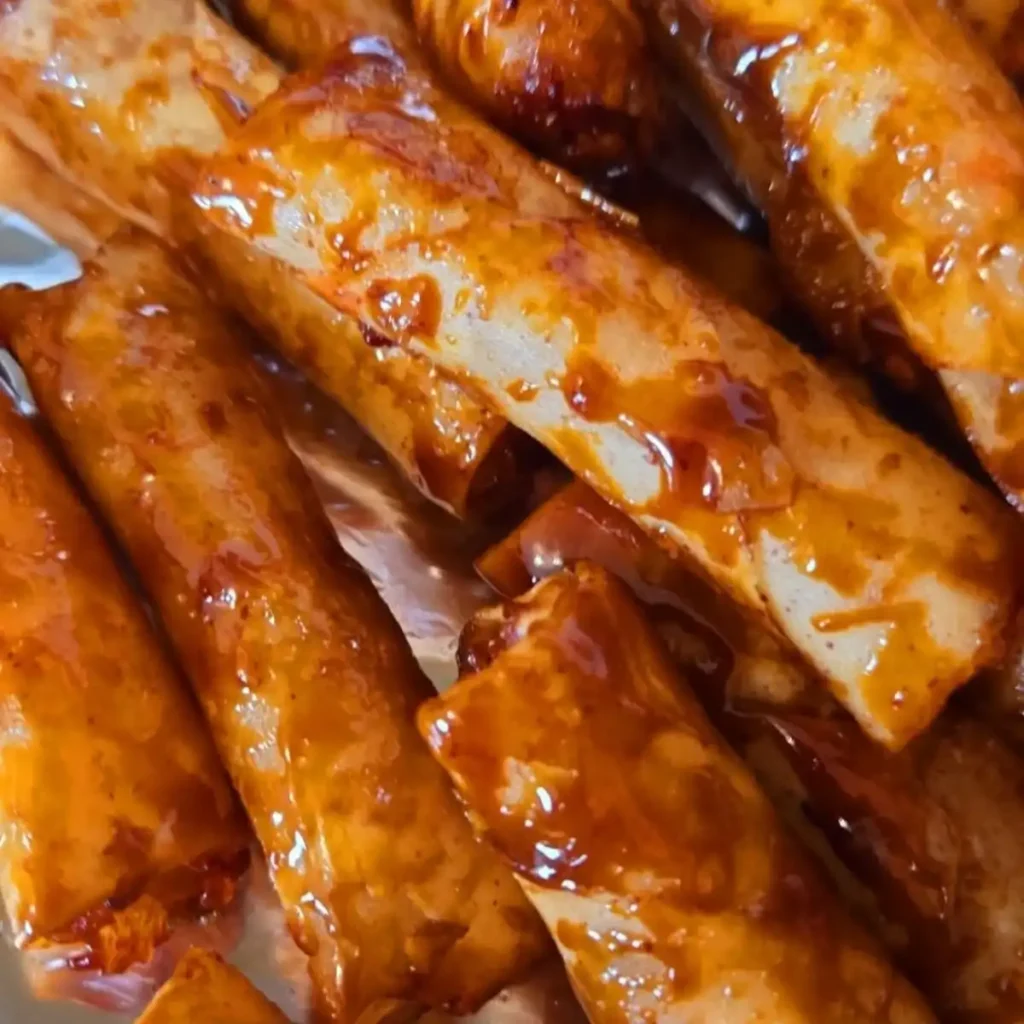
Banana Cue and Turon
Caramelized saba bananas fried on skewers (banana cue) and crispy spring rolls stuffed with banana and jackfruit (turon). Great mid-afternoon merienda.
Sorbetes (Dirty Ice Cream)
Traditional ice cream, often in flavors like ube and queso, scooped into wafer cones or pan de sal bread. Despite the nickname, reputable carts maintain good hygiene.
What to Avoid (and Why)
Most Filipino street food is safe when freshly cooked and handled well. Skip these red flags to reduce risk:
- Lukewarm foods sitting out. Hot foods should be kept hot and cold foods cold to minimize bacterial growth. See the WHO Five Keys to Safer Food for temperature guidance.
- Communal, re-used dipping sauces. Opt for sauces ladled into your own cup or poured directly on your plate.
- Shellfish during red tide. Check current shellfish advisories from the Bureau of Fisheries and Aquatic Resources (BFAR): https://www.bfar.da.gov.ph/.
- Unfiltered water and questionable ice. Choose bottled, sealed drinks or stalls using purified water.
- Cross-contamination. Avoid stalls where raw meats touch cooked foods or where the same tongs are used without cleaning.
- Old oil and off smells. Freshly fried foods should be crisp, not greasy or rancid.
Street Food Safety Tips That Actually Work
Use these practical habits to eat confidently:
- Follow the crowds. High-turnover stalls mean fresher food.
- Watch it cooked. Choose grills and fryers where food goes straight from heat to you, still steaming.
- Go for single-serve sauces. Ask the vendor to pour sauce into a cup or over your skewer.
- Check cleanliness cues. Covered ingredients, gloved or utensil-only handling, and separate boards for raw and cooked items are good signs.
- Mind the temperature. Hot foods hot, cold foods cold. See the WHO safe handling guide.
- Start slow. If you’re new to spicy or rich foods, pace yourself and hydrate with sealed water.
- Pack sanitizer and tissues. Handy when napkins are limited.
For general consumer guidance in the Philippines, visit the Philippine Food Safety Portal.
Where and When to Try Street Food
Street food shines in markets, near schools, transport hubs, and night markets:
- Manila: Binondo (Chinatown), Quiapo, and weekend/night markets like Legazpi Market and those around BGC and Makati.
- Cebu: Carbon Market and neighborhood grills for isaw and barbecue.
- Davao: Roxas Night Market for skewers, fruit shakes, and sweets.
- Baguio: Harrison Road Night Market for cool-evening snacks.
Best time to visit for street food vibes is the evening rush, when stalls are busiest and freshest. For weather, the dry season (roughly November to May) is considered ideal for outdoor eating and night markets, though conditions vary by region.
Costs, Etiquette, and Ordering Like a Local
- How to order: Start with “Pabili po ng [item],” or point and say “Isa po” for one piece. Add “spicy” or “hindi maanghang” (not spicy) for preference.
- Sauces: Ask the vendor to pour sauce onto your plate or a small cup rather than dipping.
- Respect the line: Queue politely, pay promptly, and say “salamat po” (thank you).
- Trash: Use the bin or return skewers to the vendor if they collect them.
Planning a city food crawl? See our Manila Night Markets Guide to fit eats into your itinerary.
Vegetarian, Halal, and Allergy-Friendly Choices
Plant-forward options include turon, banana cue, kamote cue (sweet potato), sweet corn, bibingka and puto (rice cakes), and fresh lumpia (ask for no meat). Many fruit shakes and taho are vegetarian-friendly.
For halal, look for stalls in Muslim-majority areas and vendors that advertise halal certification, especially in Mindanao and parts of Metro Manila. When in doubt, ask how items are prepared.
Allergies: Peanut and shellfish are common in sauces and street snacks. If you have an allergy, say “May allergy ako sa [peanut/shellfish],” or ask “Walang mani?” (no peanuts?). When uncertain, skip the sauce.